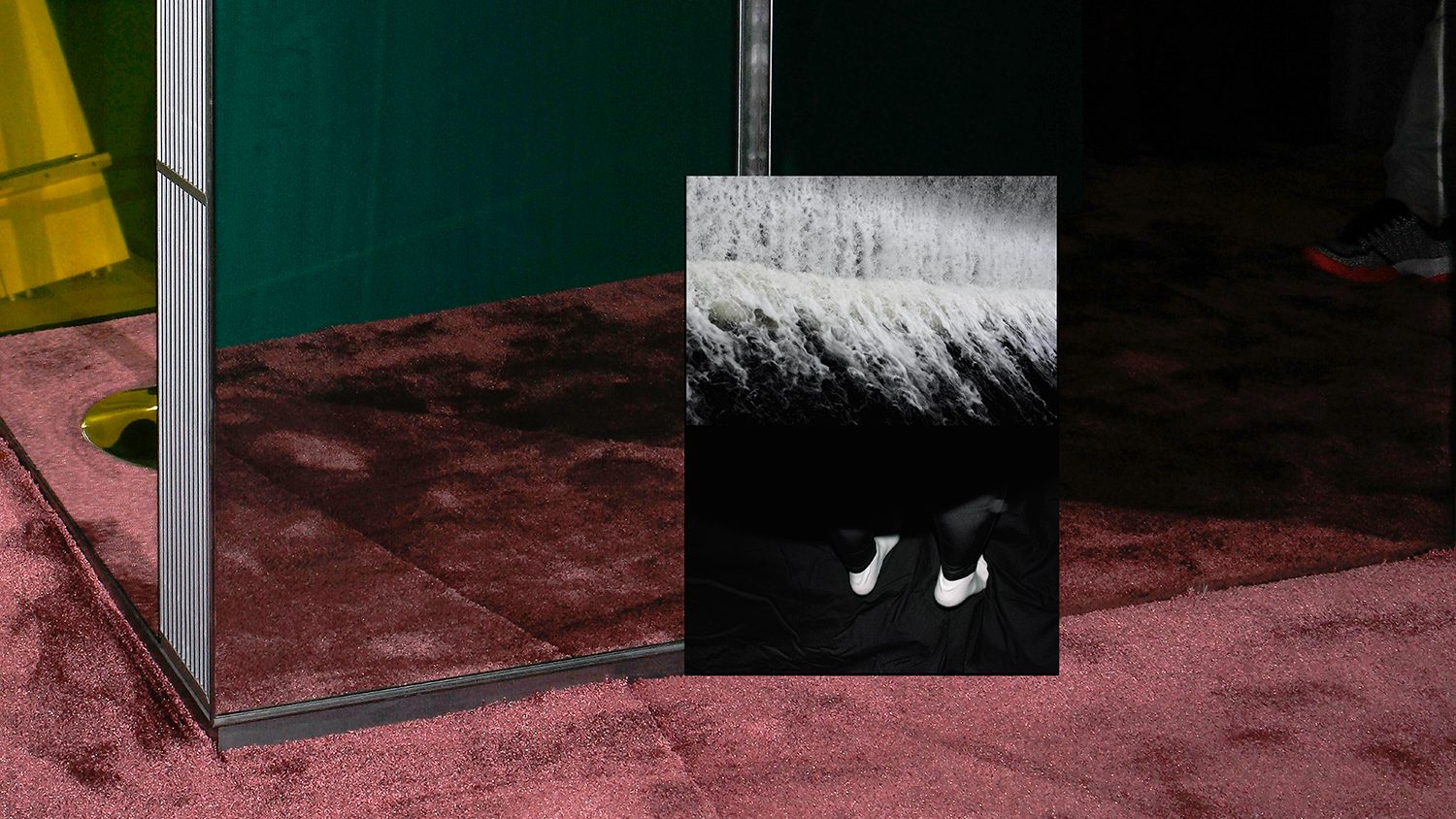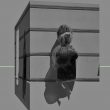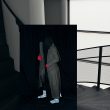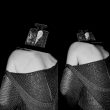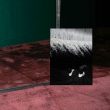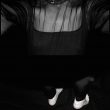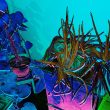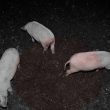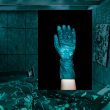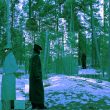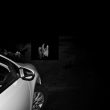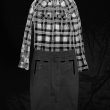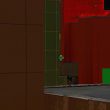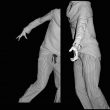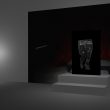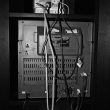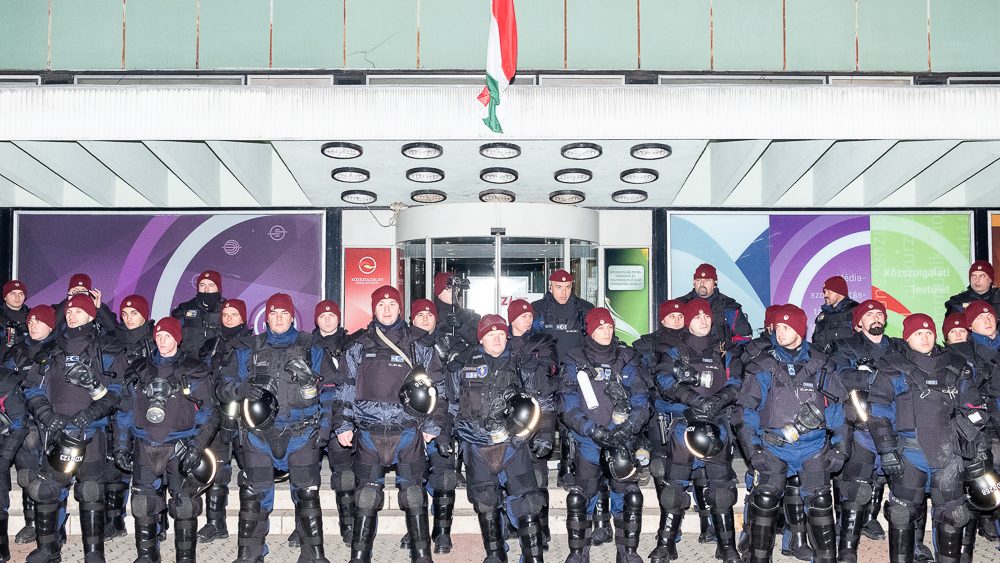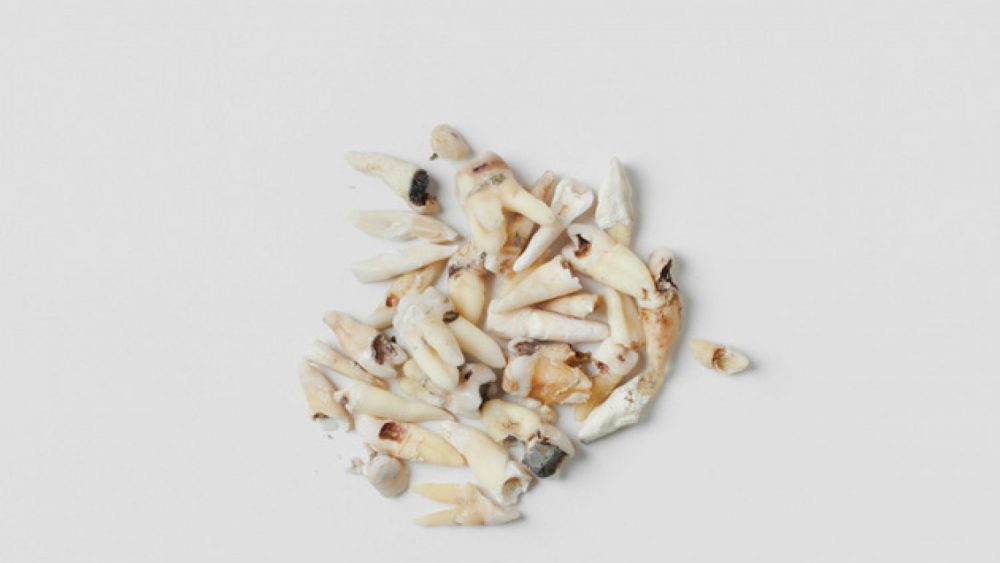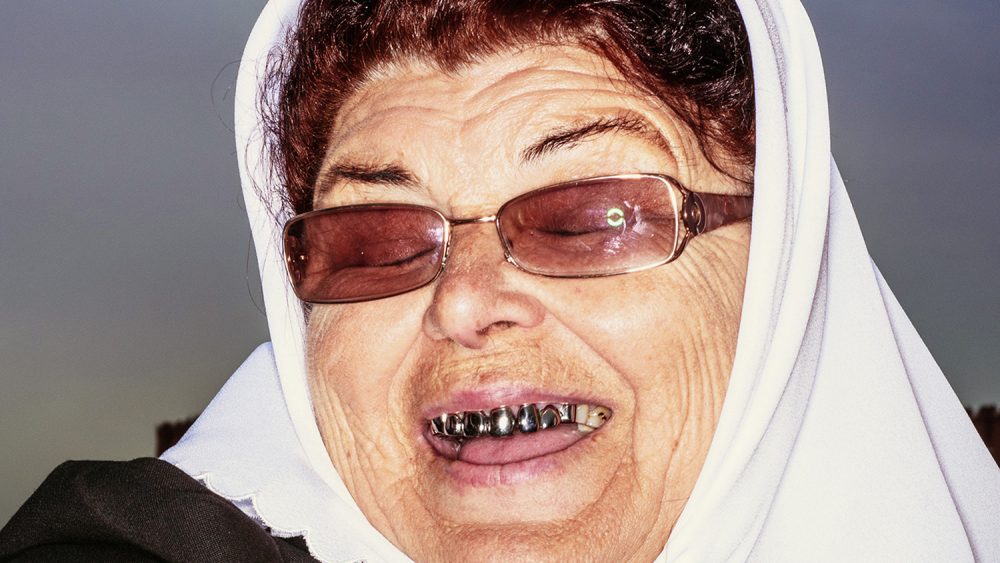Machine
At the beginning of the XX century psychoanalyst Viktor Tausk described the case of occurrence of an imaginary ‘Influencing machine’. One of the effects produced by the impact of this machine is described as compulsion to look at pictures. The projections are shown on a plane, on the walls and windowpanes, wherein images are not as bulky as in typical hallucinations. In such a situation the visual construction becomes a tool of curvature for mental space. It appears as an external screen on which internal changes are projected, as well as simultaneously creates a chain of distances and turns into a change provocateur.
The machine emits glimmers of influence from the new media forms – a “cinematic apparatus” that is capable of “creating and taking away thoughts and feelings.”
First of all I was interested in the plan of expression, namely the transition of “psychotic” from psychopathology to aesthetics. The actual speaking a visual language about the visual language itself.
The goal was to see your own visual experience as if it is someone else’s. To dismantle it into images and their fragments, taken from different realities and situations. By neutralizing the fictional and the real, to realize some story as a weird story, as a situation-paradox. Discovering alienation as constant tension, which allows experience to take place and have various versions of such experience.
Irina Zadorozhnaia graduated the National University of theatre, cinema and television of Karpenko-Kary (Kiev, Ukraine). She studied photography at the FotoDepartament Institute in St. Petersburg. Besides that Zadorozhnaia participated in a number of group exhibitions in Russia and abroad. Her work is featured in the Amplitude Nr.1 – a set of 10 photobooks by emerging Russian photographers published by FotoDepartament. The book has been shortlisted for Aperture Paris Photo Photobook award.
